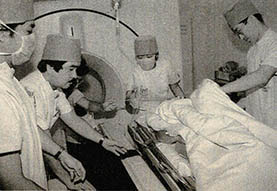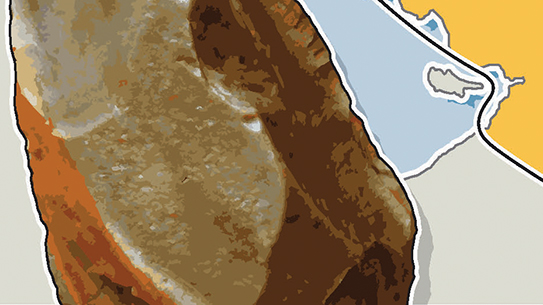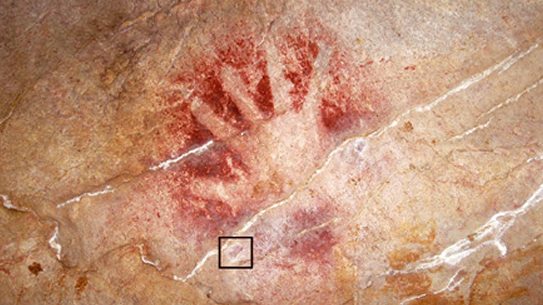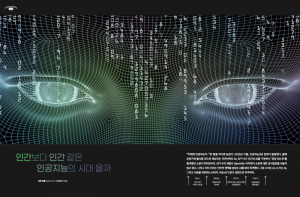“Do you know what the most complex mass of protoplasm on earth is?” Dr. Marian Diamond asks her students on the first day of anatomy class as she casually opens a flowery hatbox and lifts out a preserved human brain. “This mass only weighs 3 lbs., and yet it has the capacity to conceive of a universe a billion light-years across. Isn’t that phenomenal?”
Dr. Diamond is an esteemed neuroanato mist and one of the most admired professors at the UC Berkeley. It would be a privilege for anyone to sit in on her lectures. And, in fact, anyone can. Videos of her popular courses are available free online, part of a growing movement by academic institutions worldwide to open their once exclusive halls to all who want to peek inside.
Whether you’d like to learn algebra from mathematician at MIT, watch how to make great pasta dishes from an instructor at the Culinary Institute of America or study blues guitar with a professor at Berklee College of Music, now you can do it all in front of your computer for free.
Last year, Google launched an education hub called YouTube Edu, dedicated exclusively to videos from the more than 100 educational institutes including Harvard Business School that have setup free official channels on the site. Why is Google doing this? Perhaps it involves some rivalry. More than 170 schools offer content free to the public on Apple’s iTunes U, which originated in 2004 as a way for colleges to distribute content privately to their own students. The partnership has been a win-win: universities get a cost-cutting distribution tool, and Apple’s products become must-haves on campus.
There is clearly a big appetite for all kinds of online lectures, as shown by the popularity of sites like ‘TED.com’. But one of the most interesting consequences of open lectures may be its impact on teachers, who have a new way to get feedback and exposure. “It used to be that research was top priority for professors. Now people are working harder to be better teachers,“Dr. Diamond says.
Sifting through emails, the 82-year-old professor reads over messages she’s saved from students and teachers who watched her online lectures from as far away as England and Egypt. “At this time
of life, when everybody else is retiring and stepping aside, thinking they’ve done it all, I am getting this worldwide conn ection. It’s beautiful.” said Dr. Diamond.
<;해석>; 아이비리그로 로그인하다
“여러분은 지상에서 가장 복잡한 원형질이 무엇인지 아나요?” 마리안 다이아몬드 박사가 해부학 강의 첫 시간에 꽃무늬 모자상자에서 인간 두뇌 표본을 태연히 꺼내면서 학생들에게 질문한다. “이 덩어리는 단 3파운드(약 1.4kg)의 무게에 불과하지만 수십억 광년 크기의 우주를 생각할 수 있는 능력이 있습니다. 대단하죠?”
다이아몬드 박사는 유명한 신경해부학자이면서 미국 버클리 캘리포니아대(UC 버클리)에서 가장 존경받는 교수 중 한 명이다. 그녀의 강의를 앉아서 들을 수 있다면 이는 누구에게라도 큰 혜택이 될 것이다. 사실 누구도 그렇게 할 수 있다. 그녀의 인기있는 강의 동영상이 온라인에 무료로 공개돼 있기 때문이다. 이는 전 세계 유수의 학술기관들이 그 안을 엿보고 싶어하는 사람 모두에게 과거 배타적이었던 강의실을 공개하는 최근의 경향을 반영한다. 매사추세스공대(MIT)의 수학자로부터 대수학을 배우길 원하거나, 미국 요리연구소 강사가 맛있는 파스타를 어떻게 만드는지 구경하길 원하거나, 버클리 음대 교수로부터 블루스 기타를 배우길 원하거나, 무엇을 원하든 간에 이제는 컴퓨터 앞에 앉아서 이 모두를 무료로 해볼 수 있다.
지난해 구글은 ‘유튜브 에듀’라는 교육용 허브를 개설했다. 이 사이트는 하버드 경영대학원을 포함한 100개 이상의 교육기관이 공식적으로 설립한 무료 공인 채널로 사용된다. 그렇다면 왜 구글이 이런 일을 하는가? 아마도 약간의 라이벌의식 때문일 것이다. 애플의 ‘아이튠즈 U’에서는 170개 이상의 학교가 대중에게 무료로 콘텐츠를 제공하고 있다. 이는 2004년 대학들이 학생들에게 자료를 제공하기 위해 만든 서비스다. 이러한 제휴는 양측 모두에게 유리한 윈-윈 전략이었다. 대학에서는 혁신적으로 절감된 비용으로 학생에게 자료를 제공할 수 있었고, 애플사의 제품은 캠퍼스에서 필수품이 됐다.
‘TED.com’ 같은 사이트의 인기를 봐도 알 수 있듯이 확실히 대중은 온라인 강의에 대한 욕구가 크다. 무엇보다 공개 강의가 가져온 가장 흥미로운 결과는 새로운 방식의 피드백을 받고 대중에 노출되는 교사들에게 미친 영향이다. “그동안 연구가 최고의 목적이었으나 이제는 더 나은 선생이 되기 위해 매우 노력하고 있습니다”라고 다이아몬드 박사는 말한다. 82세의 이 노교수는 영국과 이집트에서 온 이메일까지 샅샅이 살피며, 학생들과 교사들이 자신의 온라인 강의를 보고 보낸 메시지를 읽었다. “인생의 이 단계에 이르면 대부분 은퇴를 하거나 옆으로 한 발짝 물러나지만, 나는 전 세계와 연결돼 있습니다. 정말 아름다운 일입니다”라고 다이아몬드 박사가 말했다.
2010년 03월 과학동아 정보
글
skyrider 기자
🎓️ 진로 추천
- 생명과학·생명공학
- 의학
- 심리학

















